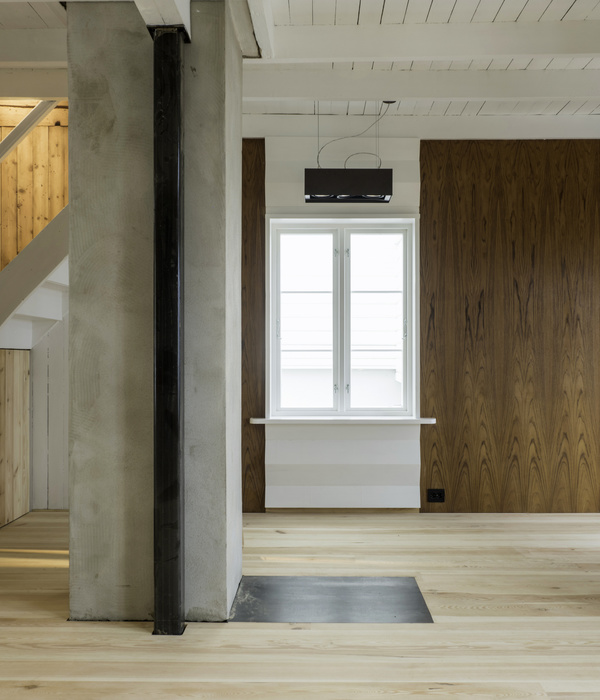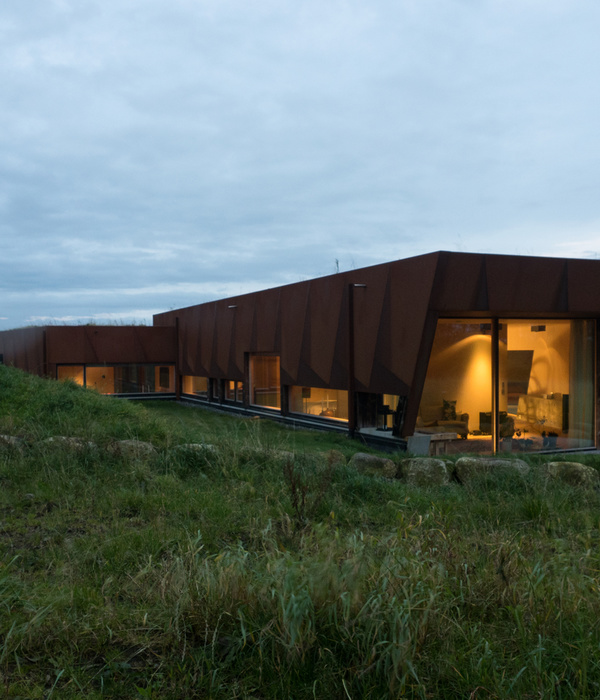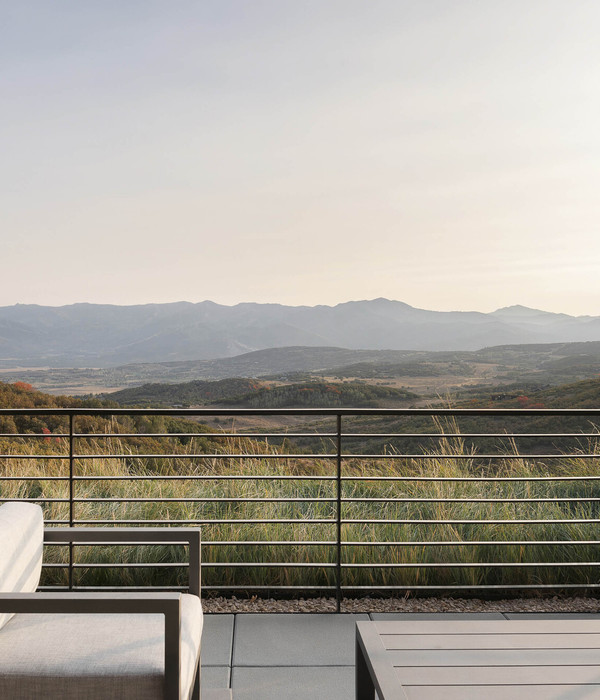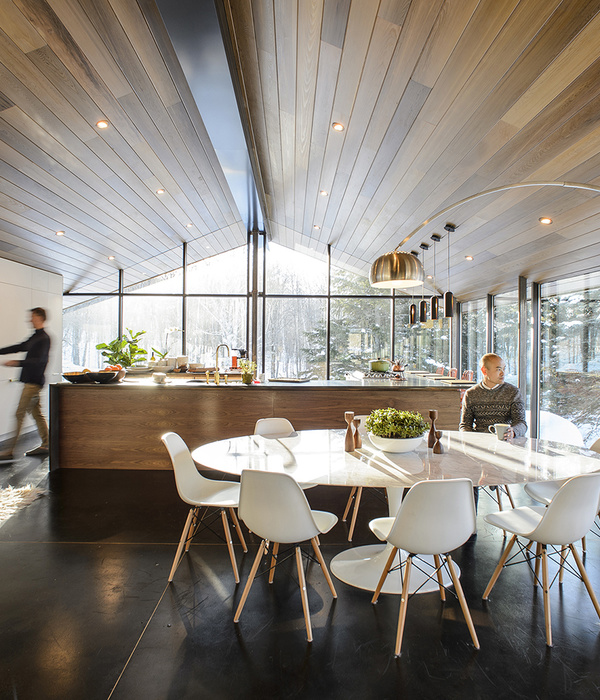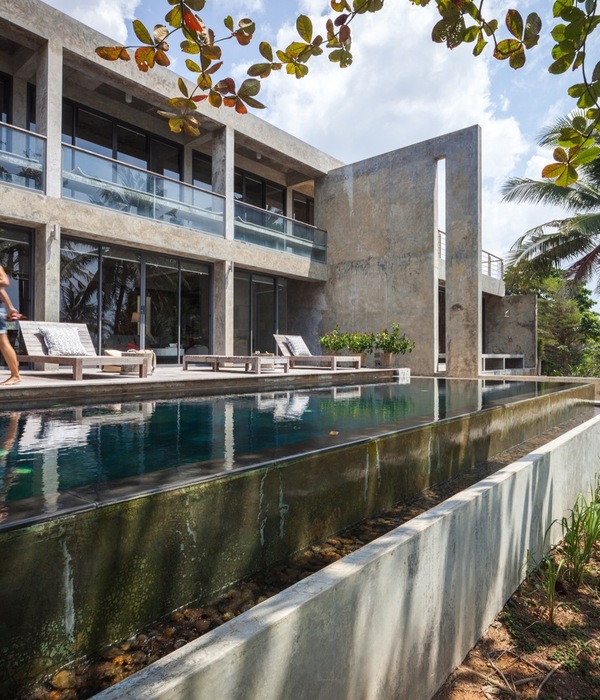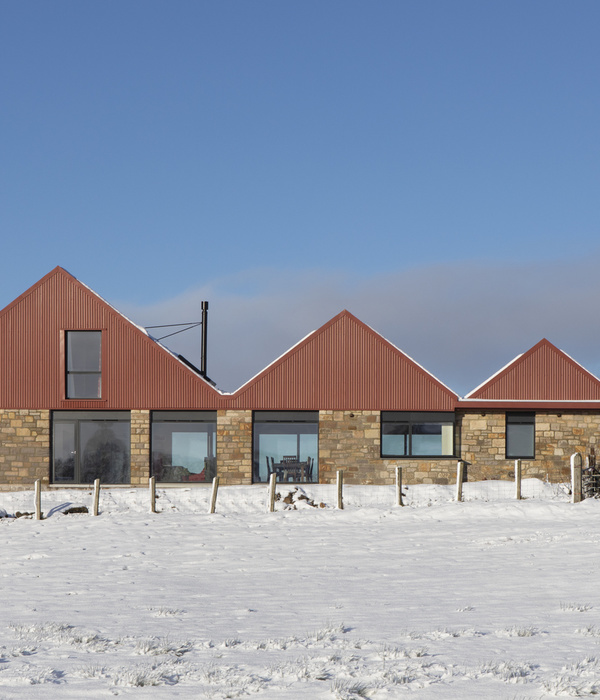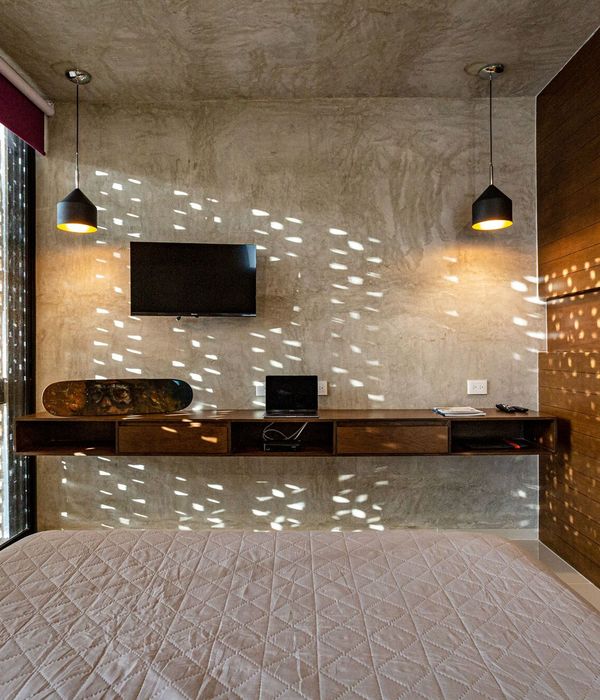Tucked into the edge of a densely forested hillside on Whidbey Island, a picturesque island an hour’s drive north of Seattle in the Pacific Northwest, home to a mix of artists, craftspeople, farmers, and sea captains, Whidbey Farm was conceived as a nature retreat for a multi-generational family. Overlooking pastoral farmlands, a fishing pond and the family’s turn-of-the-century barn, Seattle studio mwworks have taken advantage of its scenic location to immerse the house into the landscape in a discrete manner that “honours both the timelessness of the forest and agricultural heritage of the site”, as the studio’s principal and co-founder, Steve Mongillo says. A palette of local, durable materials and natural finishes, combined with the modernist ethos of less is more, subtly imbues the house with a rustic aesthetic that nevertheless feels contemporary.
At the owner’s request, great care was taken to preserve the large firs on site so the house’s massing slips between them as it wraps around a modest clearing at the edge of the forest. Defined loosely by a locally sourced, low stone wall, the clearing has been subtly transformed into a natural courtyard filled with native shrubs and ferns and crossed by pathways. Built around the courtyard, the house consists of two modestly-sized rectilinear volumes that separate the living areas from the private quarters, and a third volume that functions as a guesthouse. Channelling the low-key minimalism of Philip Johnson’s Glass House and the intimacy with nature of Frank Lloyd Wright’s Fallingwater, the western red cedar and glass volumes harmoniously blend in with the natural terrain while bringing the beauty of the landscape inside.
Centred on two kitchen islands, the open-plan living and dining area seamlessly opens out onto a decked terrace. The natural softness of the western red cedar ceiling, custom teak cabinets, and oak window fins is juxtaposed with the rugged stone fireplace and textured black granite countertops, while the smooth concrete floor bridges the natural and the manmade. The palette of materials echoes the natural beauty of the surroundings which the family can enjoy courtesy of floor-to-ceiling glazing that offers sweeping views of the forest and farmland. We can’t help imagining the soothing bliss of cooking a family meal amid fir trees swaying in the wind and cattle grazing in the meadow below.
With a palette of naturally weathered woods, concrete, locally quarried stone walls, deep oak window jambs, soft plaster walls, and black steel accents, the house strives to be warm and rustic yet simple, clean, and open.
A similar palette of muted woods, warm concrete floors and rich plaster textures is used in the private areas of the house. Despite the minimalist décor, the house was designed with the family in mind, with several of the interior doors and wall art having been carved by the family patriarch decades ago as a young doctor filling his time between patients. The pieces instil a meaningful connection between the family’s past and present as well as encapsulate their enduring relationship with the site.
Of all the different views that the house offers, perhaps the most immersive is the one from the small fire pit tucked into the slope just below the building, at the edge of the meadow. Catching the sun setting over the property as you sit around the fire with a glass of wine may be the most soothing experience we can think of right now.
{{item.text_origin}}




